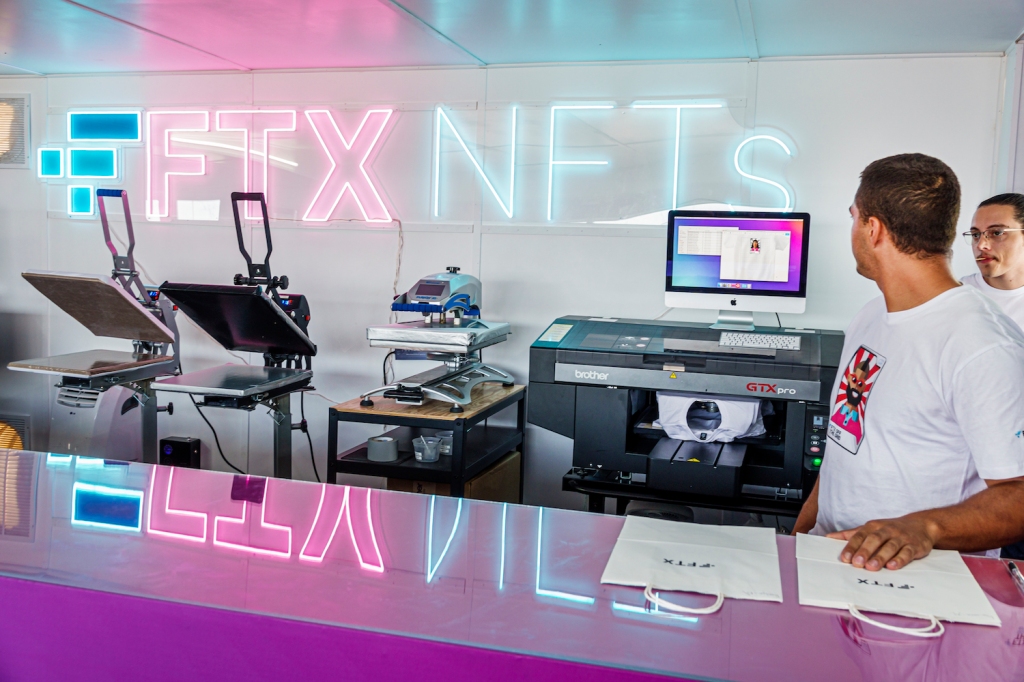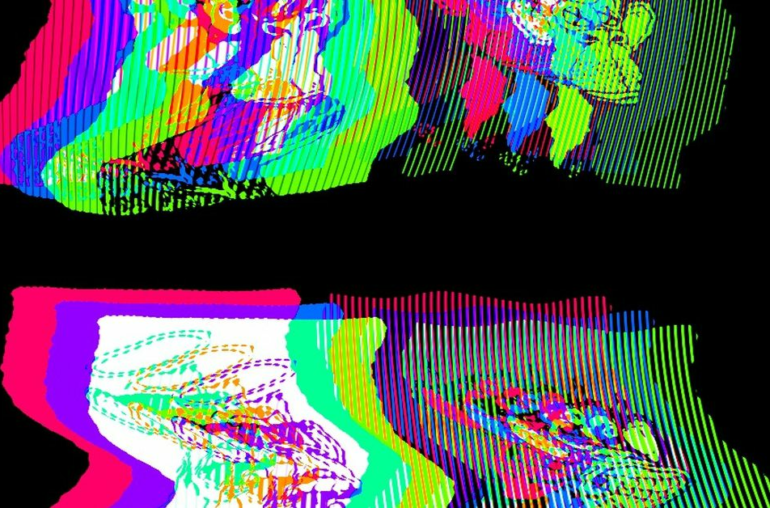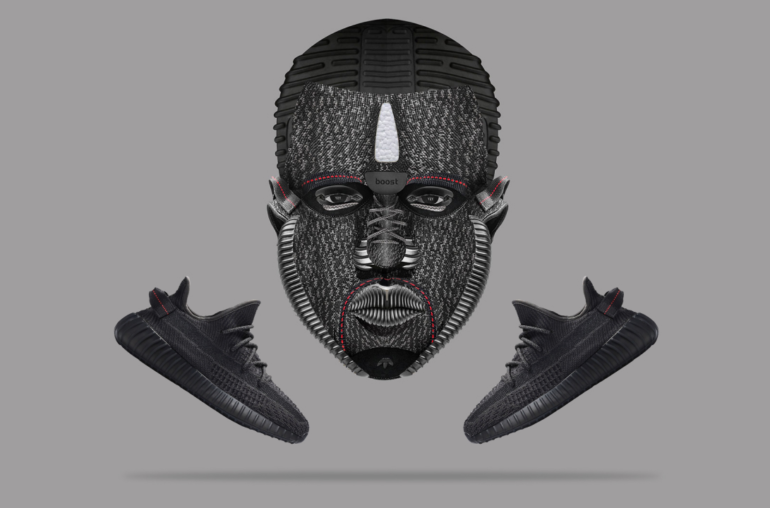By Sarah Conley Odenkirk
The acceptance of NFTs by the traditional art market has been challenging. While some projects have enjoyed financial success and critical acclaim, others have languished, unsold and buried in a pile of visual noise. And, just as the art world was warming up to fine art NFTs thanks to thoughtful projects like Frank Stella’s Geometries on Artist Rights Society’s ARSNL platform or Peter Wu’s digital exhibitions at Epoch Gallery, the crypto landscape has seemingly collapsed, casting a chill that many fear will turn into a permafrost.
blogherads
.defineSlot( ‘medrec’, ‘gpt-dsk-tab-mid-article1-uid0’ )
.setTargeting( ‘pos’, [“mid-article1″,”mid”,”mid-article”,”mid-articleX”] )
.setSubAdUnitPath(“ros/mid-article”)
.addSize([[2,2],[300,250],[300,251]])
;
});
Unprecedented volatility in the crypto market — since bitcoin peaked at $68,000 last November, it and Ethereum have lost 75 percent of their value — culminated in the collapse of digital currency exchange FTX, a moment that many have likened to crypto’s “Lehman moment.” As the co-head of Cowan DeBaets Abrahams & Sheppard LLP’s Fine Art & NFT Practice Group, I have received a steady stream of questions from clients and friends asking whether fine art NFTs are finished since FTX’s demise.
My short answer is no.
While the miscalculations — or likely more troubling reasons — behind the dramatic cratering of crypto should not be ignored, neither should the enduring potential blockchain technology offers regarding myriad innovative opportunities to improve upon existing paradigms in the art world.
Despite the rapid pace of growth and education about the existence and potential of Web3 technology, there continues to be a conflation of blockchain, crypto, NFTs, and digital assets leading to consumer confusion, especially in the art world. The key here is understanding that blockchain technology and NFTs use crypto to function, but this is not the same as speculating on crypto. Thus, the use of crypto as a tool to register NFTs on the blockchain is a real function that justifies actual value if people want to continue to register information on the blockchain. This must be differentiated from the artificial value speculation irresponsibly created by pumping up a wishful crypto future.
Further, NFTs are not magical entities bestowing value where none existed before. NFTs are the digital equivalent of empty cardboard boxes which can serve as the packaging for assets, utilities, or experiences. One immediately positive outcome of the crypto winter and the FTX bomb cyclone is the revelation that the packaging is being overhyped as having substantial value in and of itself. The real value over the long term will be what is associated with the packaging.
In the fine art world, this means digitally packaging meaningful artistic expression that will appeal to digital and traditional collectors alike.
What is desperately needed are reliable industry-specific standards and protocols adopted on a widescale basis, rather than piecemeal efforts tied to limited commercial ventures. Some standards and protocols may be generic and relevant across various marketplaces, but we need more than a one-size-fits-all solution.
Following the NFT-driven crypto-orgy of 2021, when boundaries between markets became porous to the point of nonexistence, 2022 has seen the reestablishment of market boundaries and a recognition that not all NFT projects are equal or universally relevant. The devaluation of crypto will hopefully hasten the return to more thoughtful approaches. Planning everything from individual projects to longer-term business strategies must take a more vertical perspective, considering the specific desires and appetites of consumers. It turns out that, while there may be overlap, consumers interested in video games or collectibles may not be the same as those interested in fine art projects or philanthropic ventures.
With the promotion of numerous digital fine art projects to be showcased at the upcoming Art Basel Miami Beach, we can see that NFTs in the art market are far from over—they are in fact just beginning. Take, for example, the exciting projects commissioned by climate-forward NFT marketplace Aorist.art, including ones by Nancy Baker Cahill in conversation with Sophia the Robot, and Quayola’s Effets du Soir. Or, Tezos and Art Basel’s partnership that will allow visitors to create NFTs with German artist Mario Klingemann, who will generate AI portraits of fairgoers. That is without even mentioning the numerous independent projects featured in gallery booths and at satellite events.
Fine art NFTs are not dead, though we may need to rethink the term “NFT” so it is less evocative to the general public of Ponzi schemes and blind speculation. Blockchain technology still offers a great deal of untapped potential for effecting paradigmatic changes in the art world, from reliable certificates of authenticity to the enforceable implementation of profit-sharing, automatic licenses, and limitations on display or resale of artworks. With less speculation, actual innovation, and thoughtful advocacy for artists’ rights, NFTs can be the rocket fuel of 2023.
Let’s not throw the baby out with the bathwater.
Instead, let’s focus on developing market-specific conventions that can serve as the foundation for sustainable business practices; the development of more sophisticated, industry-specific business tools; and a convincing reason for those passionate about the arts to be interested in the potential of blockchain to bring transparency, reliability, and equity to a historically opaque and lopsided marketplace.
Like the dot com bust of 2000, the exponential growth of the crypto market over such a short period of time was based on superficial, unsound financial principles and its implosion will clear the way for sustainable evolution. Also, like the dot com collapse, where the survivors went on to establish the enduring foundation of online commerce, those blockchain enterprises built on solid values will emerge from the tundra to serve as the bedrock of future digital innovation.
The World's Premier Art Magazine since 1913. Subscribe today and save up to 29%!
Sign Up for our Newsletters
Get our latest stories in the feed of your favorite networks
We want to hear from you! Send us a tip using our anonymous form.
Subscribe to our newsletters below
ARTnews is a part of Penske Media Corporation. © 2022 Art Media, LLC. All Rights Reserved.




